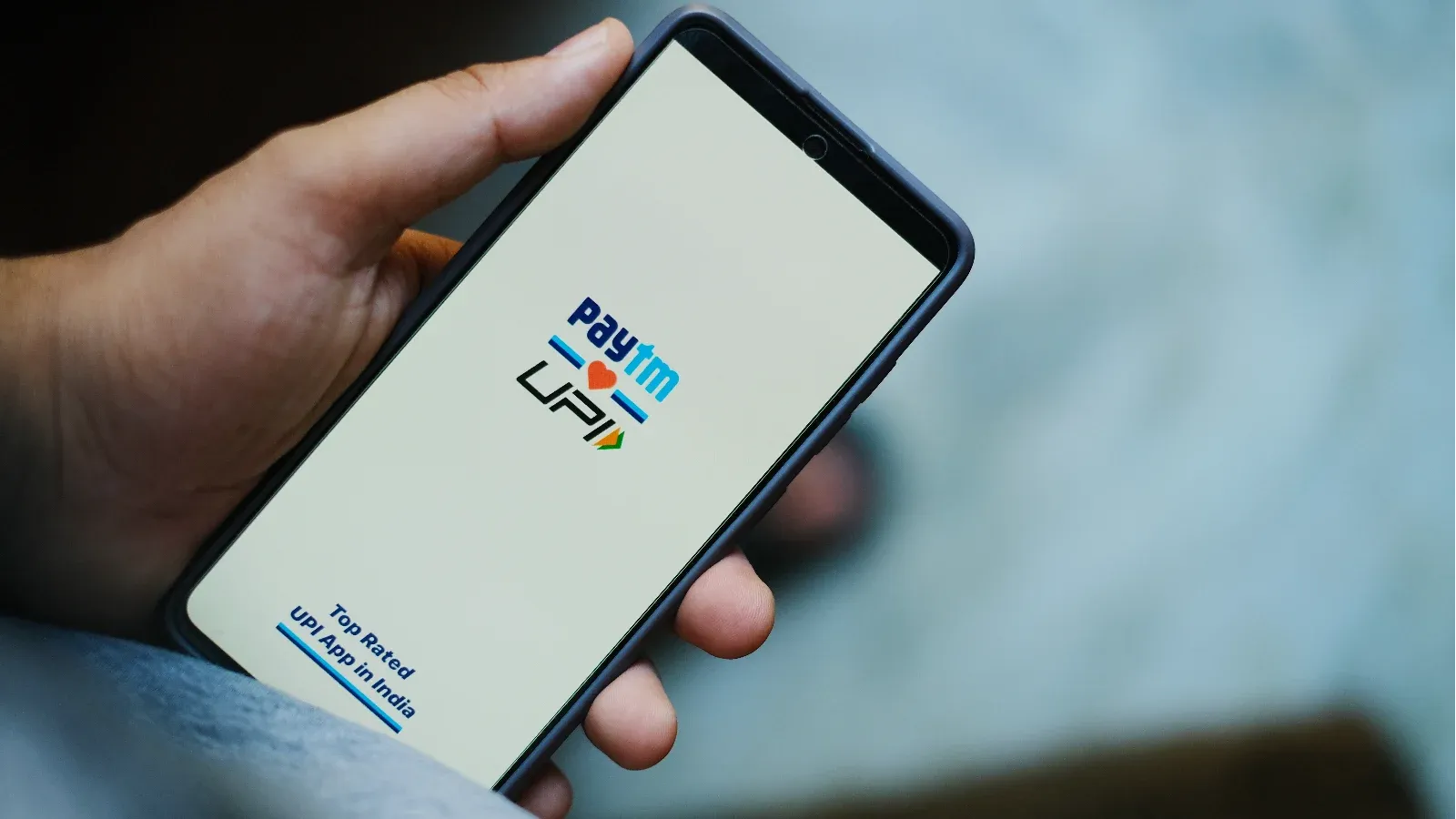Market News
Paytm shares erase early losses, moving to positive territory after Q1 results; here is what analysts say
.png)
5 min read | Updated on July 23, 2025, 12:49 IST
SUMMARY
Paytm Q1: The fintech firm reported its first-ever consolidated net profit at ₹122.5 crore for the quarter ended June 2025, mainly on account of cost optimisation and an increase in payment revenue.
Stock list

Paytm reported a 27% YoY increase in gross merchandise value to ₹5.39 lakh crore in the reported quarter. | Image: Shutterstock
At the time of writing this report, the stock was trading at ₹1,059.90, up 0.84% on the NSE.
Paytm reported a solid set of numbers for the quarter ended June 30, 2025 (Q1 FY26) on Tuesday.
The company turned profitable for the first time in the quarter under review, and while the analysts hailed the company turning profitable, they appeared a little concerned about the company's Monthly Transacting Users (MTU) and Gross Merchandise Value (GMV) growth as well as the consumer business.
For instance, analysts at Jefferies, according to news reports, said that Paytm's Monthly Transacting Users (MTU) and Gross Merchandise Value (GMV) growth on a sequential basis are encouraging, but contributing margins will stabilise a little lower over the next two to three quarters.
Citi, in its research report, wrote that the earnings beat was driven largely by incremental cost efficiencies and higher-than-expected benefits from the relatively upfront nature of non-DLG contribution profits.
Paytm is experiencing growth in its financial services, particularly in merchant lending, with a significant portion of this growth driven by non-DLG (Default Loss Guarantee) models.
In the digital lending space, non-DLG, or a first loss default guarantee (FLDG), is a risk-sharing arrangement in which the non-regulated lending service providers (LSPs) agree to absorb any losses, up to an agreed amount, should there be a default by an identified pool of underlying borrowers who have come together through such LSP.
Paytm is leveraging DLG to expand its merchant loan distribution and boost financial services revenue.
By providing DLG, Paytm guarantees a portion of potential loan losses for lending partners, encouraging them to offer more loans to Paytm's merchant base.
This strategy allows Paytm to increase its lending volume, acquire more merchants, and ultimately grow its financial services business.
However, there could be risks too. If loan defaults rise beyond the DLG threshold, Paytm may take financial hits.
Macquarie, on the other hand, sees a significant decline from the current levels. Bernstein notes that the business will remain profitable in the coming quarters, but the sustainability of the current profit levels will be subject to sequential revenue growth.
Paytm Q1 FY26 results: Key numbers
The fintech firm reported its first-ever consolidated net profit at ₹122.5 crore for the quarter ended June 2025, mainly on account of cost optimisation and an increase in payment revenue.
Paytm had posted a net loss of ₹840 crore in the year-ago period.
"EBITDA and PAT turned profitable at ₹72 crore and ₹123 crore, respectively, demonstrating AI-led operating leverage, a disciplined cost structure and higher other income," Paytm said in a statement.
"This is the first quarter where we have pruned out every word which included EBITDA (operational profit) before ESOP, PAT (profit after tax) before ESOP or anything before ESOP. Next quarter onwards, we will stop giving the ESOP line. It will be only an employee cost. We are maturing towards absolute complete employee cost, including EBITDA or PAT, where the ESOP cost is the cost of the management. No more adjusting anything," he said.
Paytm earlier issued profitability targets after complex adjustments.
The company slashed marketing and promotional expenses by more than half to ₹99.8 crore during the reported quarter from ₹221.4 crore a year ago and ₹142.7 crore in the March 2025 quarter.
Paytm reduced employee benefits by about ₹300 crore, or one-third, to about ₹643 crore from ₹952.5 crore on a year-over-year basis.
The consolidated revenue from operations in the reporting quarter increased by about 28% to ₹1,917.5 crore from ₹1,501.6 crore in the June 2024 quarter, mainly on account of an increase in payment processing margins.
"I do believe the payment channel is profitable and has operating leverage. I do believe payment standalone will be a bottom-line driver and a large bottom-line driver once these MDR (Merchant Discount Rate) sources show up. In fact, today we are calling breakeven, and tomorrow we are calling a large profit," Sharma said.
In the first quarter of FY'25, payment services revenue (including other operating revenue) was up 23% YoY at ₹1,110 crore. Net payment revenue of Paytm was up 38% YoY at ₹529 crore due to an increase in payment processing margin and devices.
Paytm reported a 27% YoY increase in gross merchandise value to ₹5.39 lakh crore in the reported quarter.
Related News
About The Author
Next Story



